This summer reading list was created by Catie Gould and Emily Guise, BikeLoud PDX volunteers and co-editors of our Adventures in Activism column.
Summer is a great time to relax by the pool (fountain, river, lake, sprinkler, or whatever) and still get nerdy about transportation and land-use. What could be better?
Here’s our list of favorite urbanist classics and a few newer ones for good measure…
Geography of Nowhere, by James Howard Kunstler
Why are the suburbs so awful? Kunstler holds no punches, decrying cookie cutter strip malls and cartoon architecture as the “greatest misallocation of resources the world has ever known”. From the first American suburb to now, get a thorough history lesson on how things went so awry and envision how to restore civic life in these forsaken places. For a teaser, check out his fiery TED talk.
The Color of Law, by Richard Rothstein
From one development project to the next, the slow march through our historical segregation through official mortgage lending, zoning, and housing programs is going to change how you see your neighborhood forever. Which is a good thing, because it very likely has a racist history that still affects people today. Power through the feeling of being punched in the heart to the end where we look forward to what’s next for housing justice.
Street Fight, by Janette Sadik-Khan
Ted Wheeler asked in a recent Vision Zero briefing why New York City is making more progress than us. The answer is here: strong political leadership. Former NYC Transportation Commissioner Sadik-Khan walks us through her BetterBlock-style street transformation projects and dealing with the public backlash in the process. If you work at PBOT or City Hall, or criticize people who do, this is a must read.
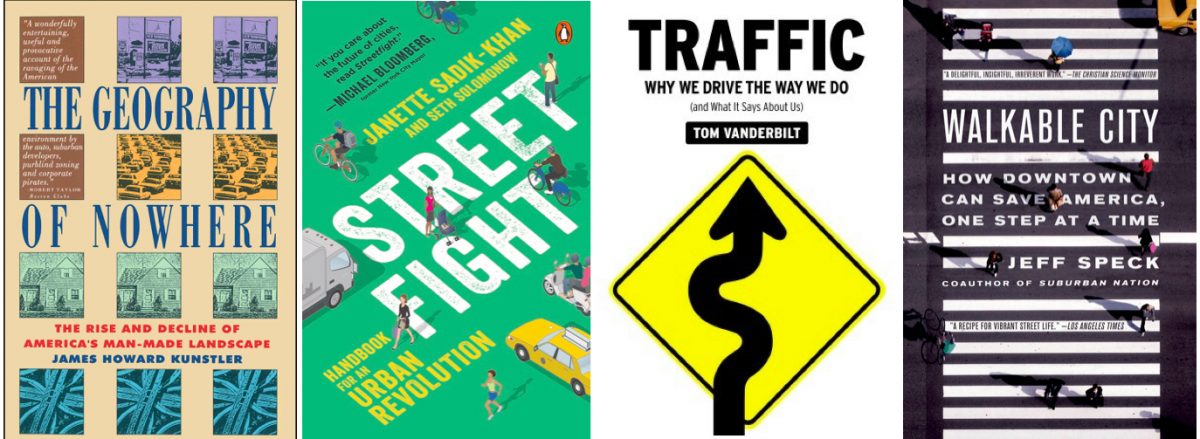
Walkable City, by Jeff Speck
Walkers are an indicator species of a good street, and details matter a lot. Speck thoroughly examining every aspect of walkability, from one way vs two way streets, to parking pricing, to the ROI on street trees. Loaded with details, this book is not just an enjoyable read but a comprehensive guide for fixes to improve walkability that you’ll want to revisit again and again. Read with a pen handy.
Traffic: Why We Drive the Way We Do, by Tom Vanderbilt
A thorough look at the history, economics, psychology, and more of traffic and how this seemingly innocuous, mundane activity actually has huge implications for our mental and physical well-being, our wallets, and our economy. You won’t be able to think about traffic the same way after reading this one- especially the very compelling argument for the ‘late merge’ technique.
Bikenomics: How Bicycling Can Save the Economy, by Elly Blue
A concise argument in book form for why and how bicycling can kickstart local economies through boosting development and growth, and strengthen local communities by offering the freedom of a viable, non-car transportation option. Written by local bike luminary (and former BikePortland editor) Elly Blue.
The Death and Life of Great American Cities, by Jane Jacobs
One of the indispensable pillars of the new urbanist movements, Jacobs was a noted community organizer whose timeless observations of street life-her famous ‘sidewalk ballet’-are backed up by serious research and with an easy-to-read style courtesy of her journalistic background. This was her first book and it should be on every advocate’s shelf.
Happy City, by Charles Montgomery
Our physical environment shapes everything: From how much we trust our neighbors, to how many friends you have. What roles does architecture play? Or public transit? When our cities are at their best, so are their residents who live in them. Loaded with studies on the science of happiness and urban design examples, you’ll be sure to learn a lot of great facts sure to impress your non-transportation friends at parties.
In the City of Bikes: the Story of the Amsterdam Cyclist, by Pete Jordan
Former Portlander Jordan provides a fascinating look at cycling in the cyclists’ city, Amsterdam, from its beginnings in the 1890s, to the critical political street space protests and political action of the 1970s, to the continually evolving bike infrastructure of today.
Bleeding Albina: A History of Community Disinvestment, 1940-2000, by Karen J. Gibson
A sobering, but very necessary history of the Portland neighborhoods of inner North and Northeast. It explains how redlining, predatory lending, highway building, housing speculation borne of discrimination against Portland’s small Black community led a once thriving area to become a ghetto. It also examines how in the 1990s, low housing prices and neighborhood reinvestment opportunities quickly gentrified the neighborhoods while displacing long-time residents. A must read for anyone living in Portland.
— Catie Gould (@Citizen_Cate) and Emily Guise (@EGuise)
Never miss a story. Sign-up for the daily BP Headlines email.
BikePortland needs your support.
The post Chill reads for new urbanist needs appeared first on BikePortland.org.
from Latest headlines from BikePortland https://ift.tt/2OdOaR4
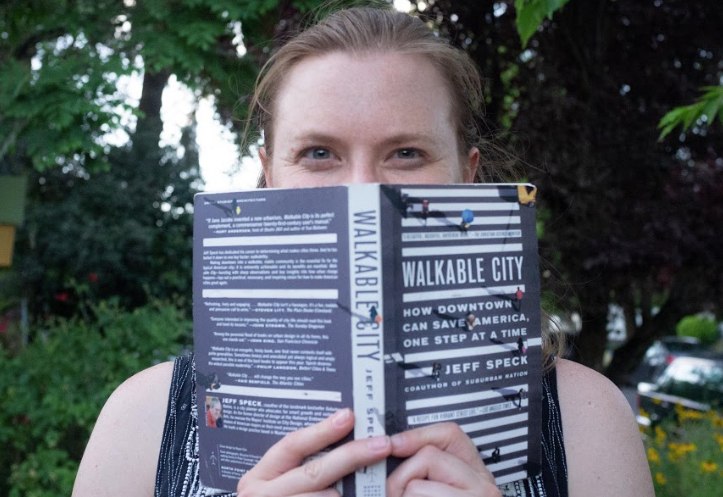
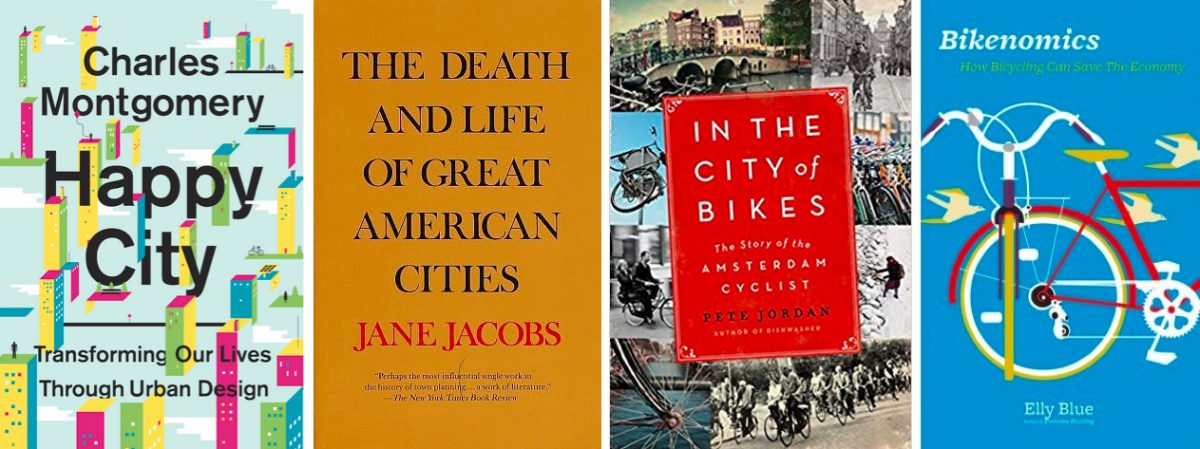
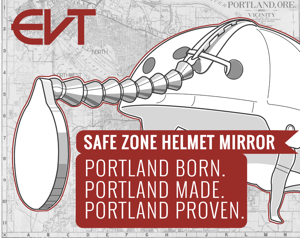
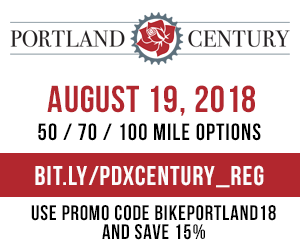
No comments:
Post a Comment